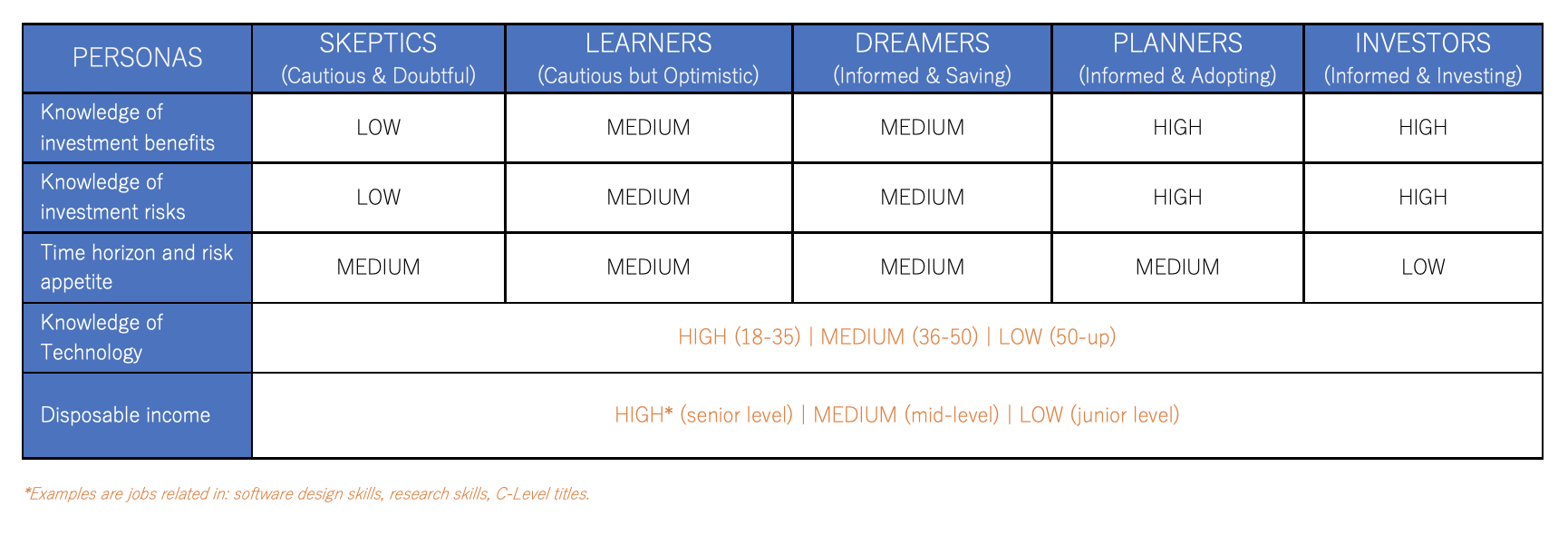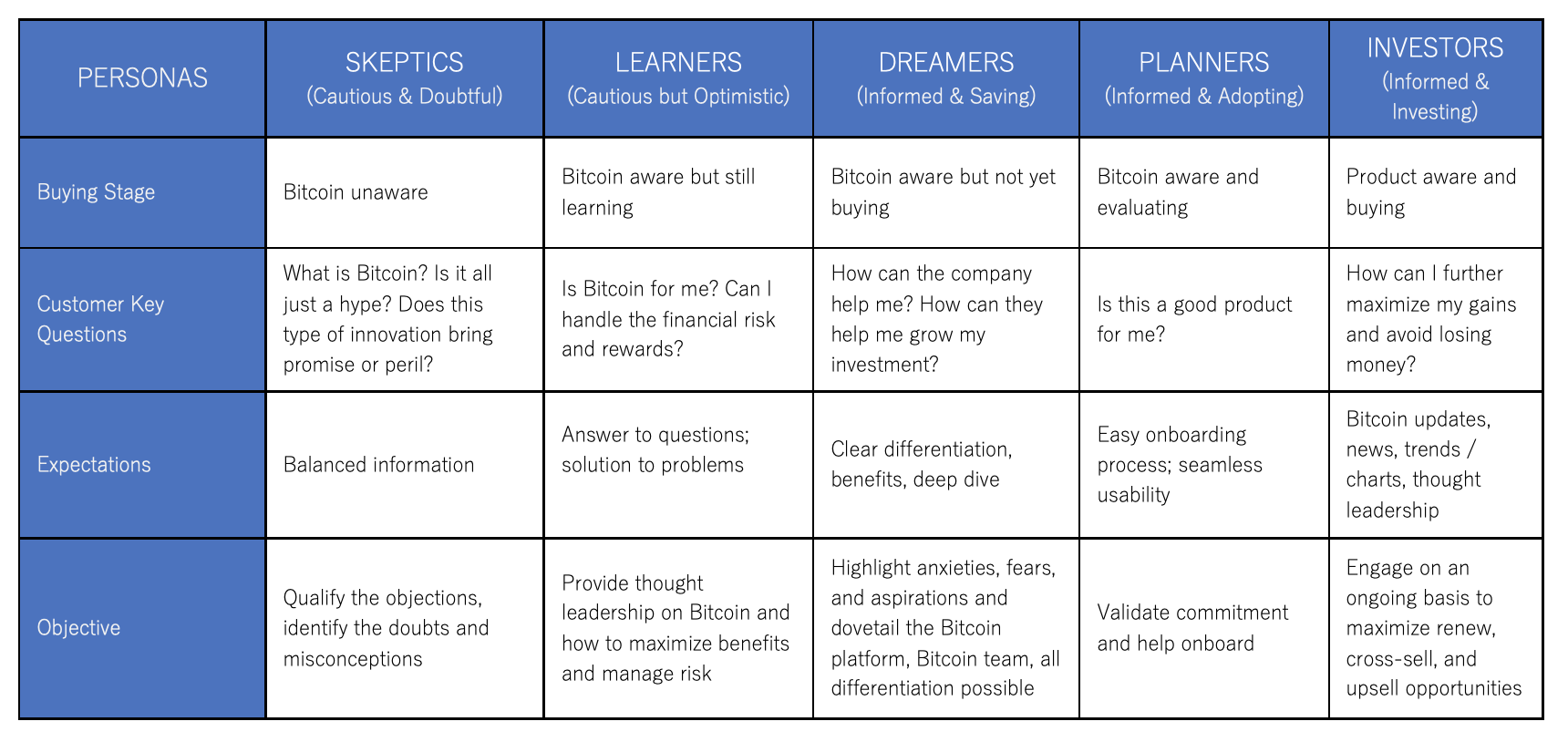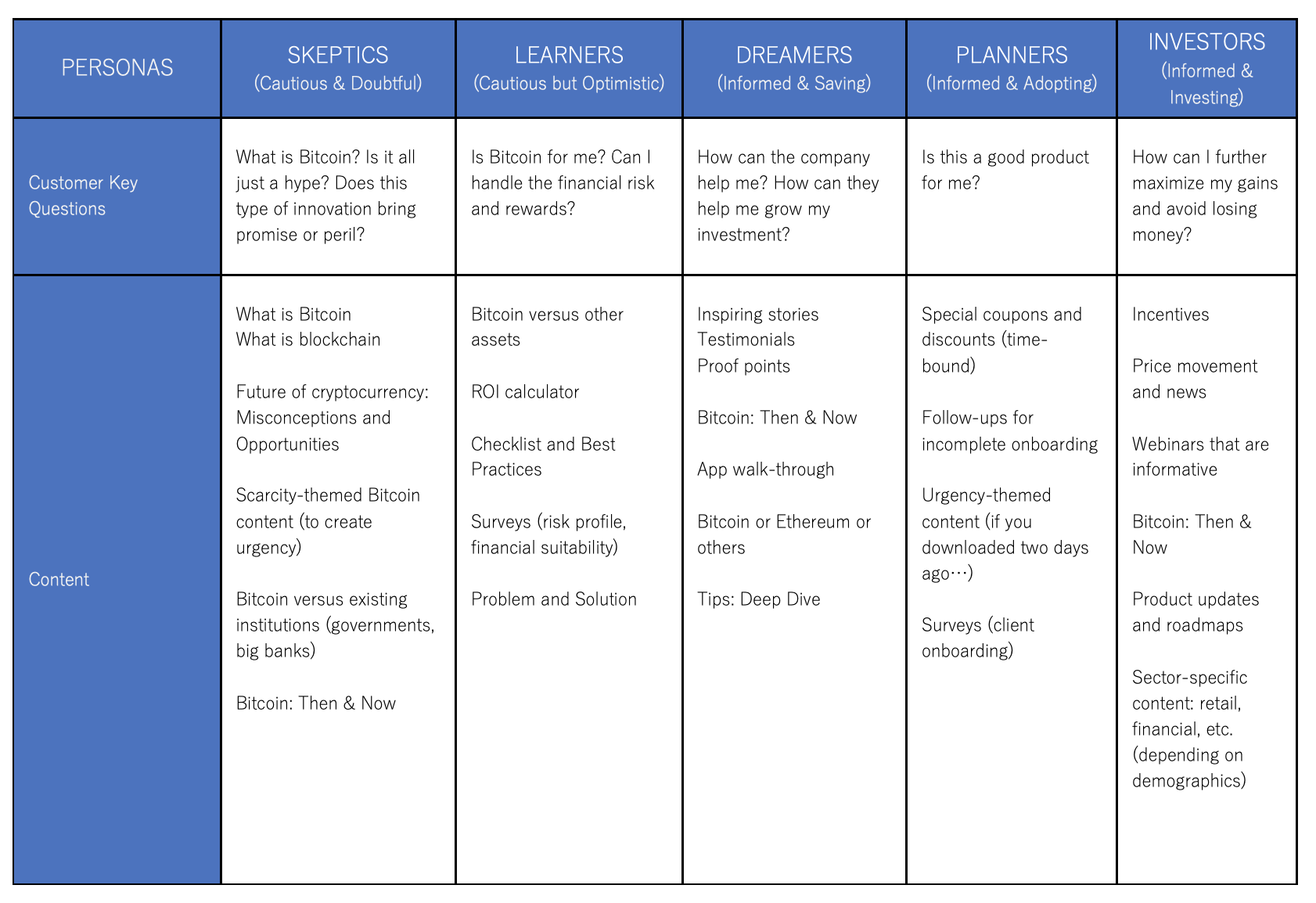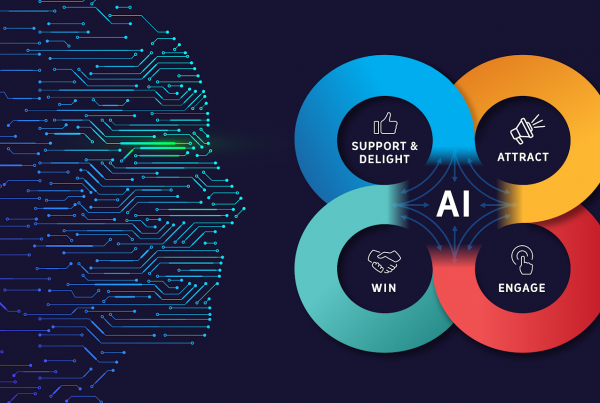One of the terms often mentioned in digital marketing today is engagement. This is how potential and existing customers interact with the different channels of a brand such as a brand’s website, social media channel, emails, videos, community forum, search engines, etc. The measurement depends on the type of channel examined but the goal is essentially the same – to increase an organization’s relevance to the customer (which is used as the foundation to generate a sale, build customer loyalty and repeat purchases, or boost the lifetime value of a customer).
Because today’s customers can interact with a brand in a variety of channels, it is essential to create strategies that enable the brand to understand the customer’s buying journey, needs, and intent in order to provide the next best course of action that is relevant to the customer. The most successful organizations in digital marketing (that I have seen) are those that have developed an integrated, end-to-end marketing approach.
#1 Build a Marketing Funnel
The marketing funnel helps organizations visualize the different stages that their customers go through when making a purchase. It starts from when a potential customer becomes aware of the brand and goes through evaluation, purchase, repeat purchase, and brand loyalty and advocacy.
At the very least, it is important to have a solid understanding of the following stages of the marketing funnel:
- Awareness – The stage when a potential customer is doing some research to find solutions for a certain problem or need.
- Consideration – The stage when a potential customer is comparing / evaluating different products and solutions that could solve the problem.
- Decision – The stage when a potential customer is ready to buy a specific product or service.
- Purchase – The stage when a potential customer becomes a first-time buyer after making a purchase.
- Repeat Purchase – The stage when a first-time buyer makes another purchase, an initial sign towards loyalty.
- Loyalty and Advocacy – The stage when a repeat buyer has made a deliberate choice to continue the service from the same brand, eventually phasing out any other competition and even recommending the same product or service to others.
Marketing Funnel. Image Source: Single Grain
#2 Create Integrated Customer Profiles
Customer profiles (also known as buyer personas) are generalized visualizations of your ideal customers. This helps you understand your customers – from their needs, interests, channels that they use – and help make it easier for you to tailor the content that is relevant to them.
Because it is now possible to gather various data online and tie these touchpoint data to a user ID (when cookies are enabled), digital marketers can provide personalized and highly targeted and relevant content.
In the example below, I created five customer profiles that can be used to target customers interested in cryptocurrency or any type of investment. Because customers interested in investments can engage with brands on different levels of knowledge and life stages, this type of customer profiling can help guide marketers on their brand communication and type of content that they should serve to these customers (for example, asking skeptics to invest right away will not make sense as their knowledge of investment benefits and risks is still low so this knowledge has to be built up over time).
The needs and expectations of each customer profile is outlined here:
#3 Map a Content Strategy
What the customer uses to engage with the brand. This is where you need to do a full audit of the possible digital touchpoints of the customers such as website, social media channel, emails, videos, affiliates, community forum, search engines, etc.
This refers to the quantifiable and measurable actions that customers do with the channel. For example, this can refer to the number of pages they visit on a website, duration spent when reading a page, clicking a product and adding it to cart, etc. In the case of social media, this can refer to the number of likes, comments, or shares (engagement).
Content
This refers to what you want the customer to consume next in order to influence his / her buying decision and to move him / her down to the funnel.
Once their needs, pain points, and online activities have been mapped, we can map out the type of content that we can serve them. The more relevant the content is, the better, as this speaks about engagement and knowing your customer.
Here is the list of suggested content that is aligned with the needs and pain points mentioned above:
Finally, a strategy execution and monitoring is essential to close the loop and optimize any engagement marketing. A number of today’s marketing automation tools have built-in reporting tools that provider marketers with this information. However, for small businesses that do not have the budget to invest in these tools, there are data visualization tools available from Google Data Studio (integrated with Google Analytics) which can be used to pull relevant and insightful data.
If you want to learn more, please reach out to us at The Nagaoka Review.
Main image by: Katka Pavlickova on Unsplash














